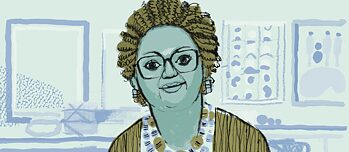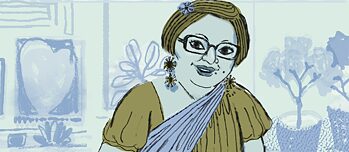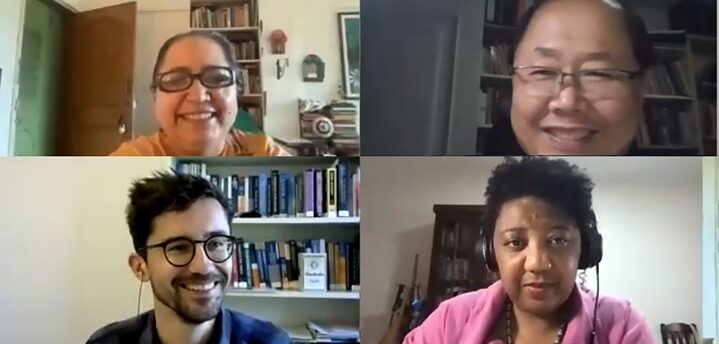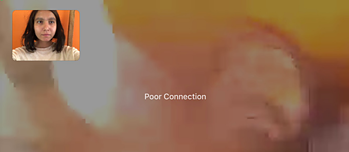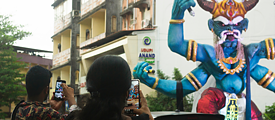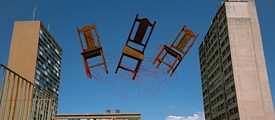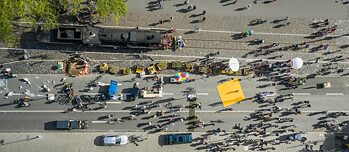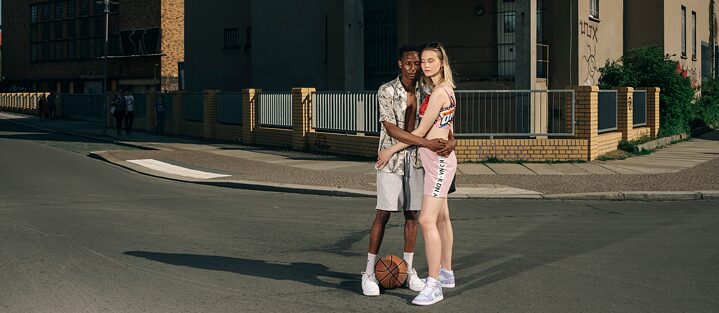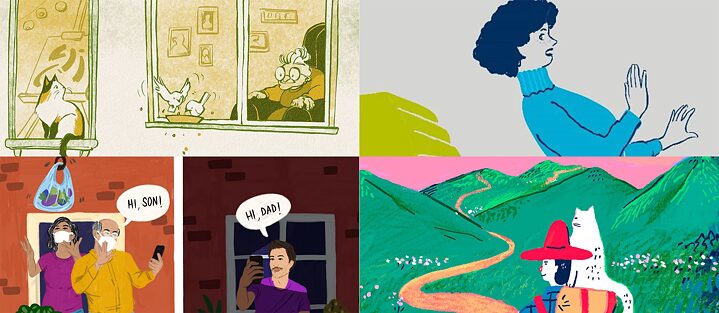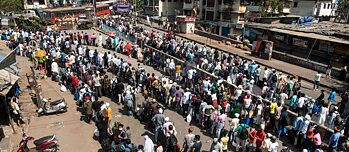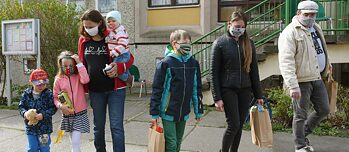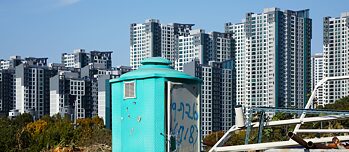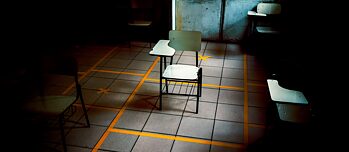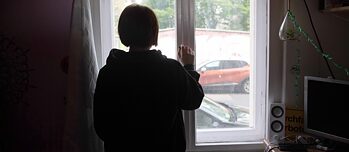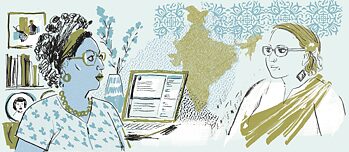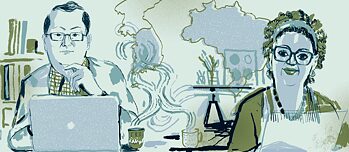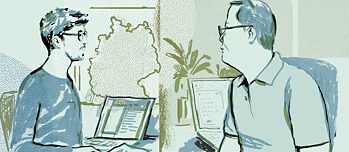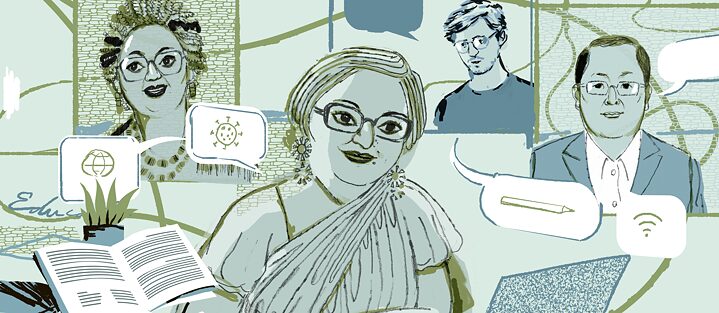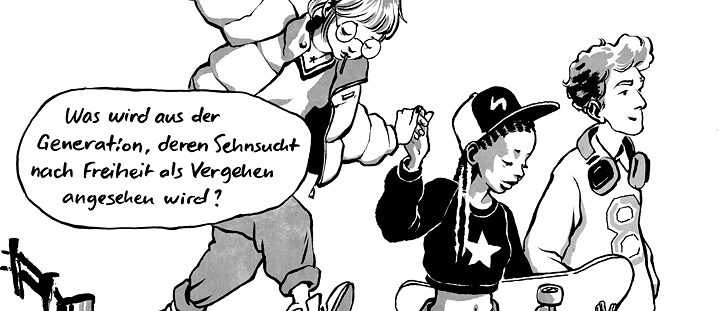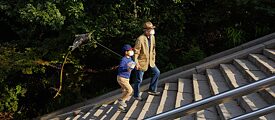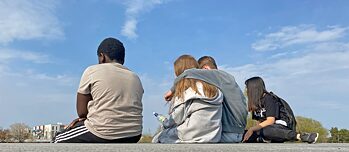In conversation with Ms. Paromita Vohra (Filmmaker, Mumbai) and Mr. Jan Paul Heisig (Sociologist, Berlin) moderated by Ms. Namrata Kohli (Author and Journalist, Delhi).
In the light of the COVID-19 pandemic, the discussion between the two experts centers on the question “What is next? What is here to stay? What is gone?” The focus is on the future, on changes ushered in by the pandemic: How close to others can we be, and how close do we want to be? How important is physical closeness really and what other forms of proximity are conceivable?
In the light of the COVID-19 pandemic, the discussion between the two experts centers on the question “What is next? What is here to stay? What is gone?” The focus is on the future, on changes ushered in by the pandemic: How close to others can we be, and how close do we want to be? How important is physical closeness really and what other forms of proximity are conceivable?
The pandemic has challenged school and education systems worldwide. From one day to the next, students had to stay at home because they could only be taught at a distance – in other words digitally. In a letter exchange, the Indian author Paromita Vohra, the Brazilian artist Rosana Paulino, the Korean philosophy professor Kwang Sun Joo and the German sociologist Jan Paul Heisig discuss the new possibilities based on the situation in their respective homeland.

